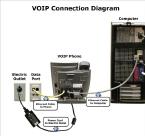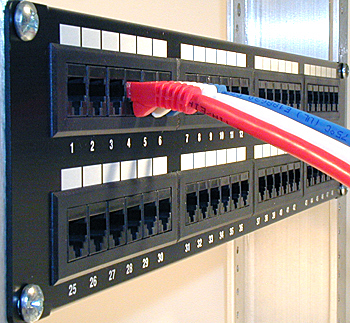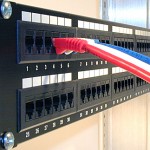
Simplifying Communications with a VOIP Phone System
 Traditional business phone systems consist of a tremendous amount of complicated equipment tucked into a communications closet somewhere within your office. If you plan on making upgrades, additions or you just want to grow your business that equipment will likely have to undergo some serious changes that could take valuable time to implement. You are at the mercy of a field technician’s schedule every time a change or upgrade needs to be made to your equipment.
Traditional business phone systems consist of a tremendous amount of complicated equipment tucked into a communications closet somewhere within your office. If you plan on making upgrades, additions or you just want to grow your business that equipment will likely have to undergo some serious changes that could take valuable time to implement. You are at the mercy of a field technician’s schedule every time a change or upgrade needs to be made to your equipment.
If you are looking for an easier, more efficient and more effective mode of phone communication



 A
A